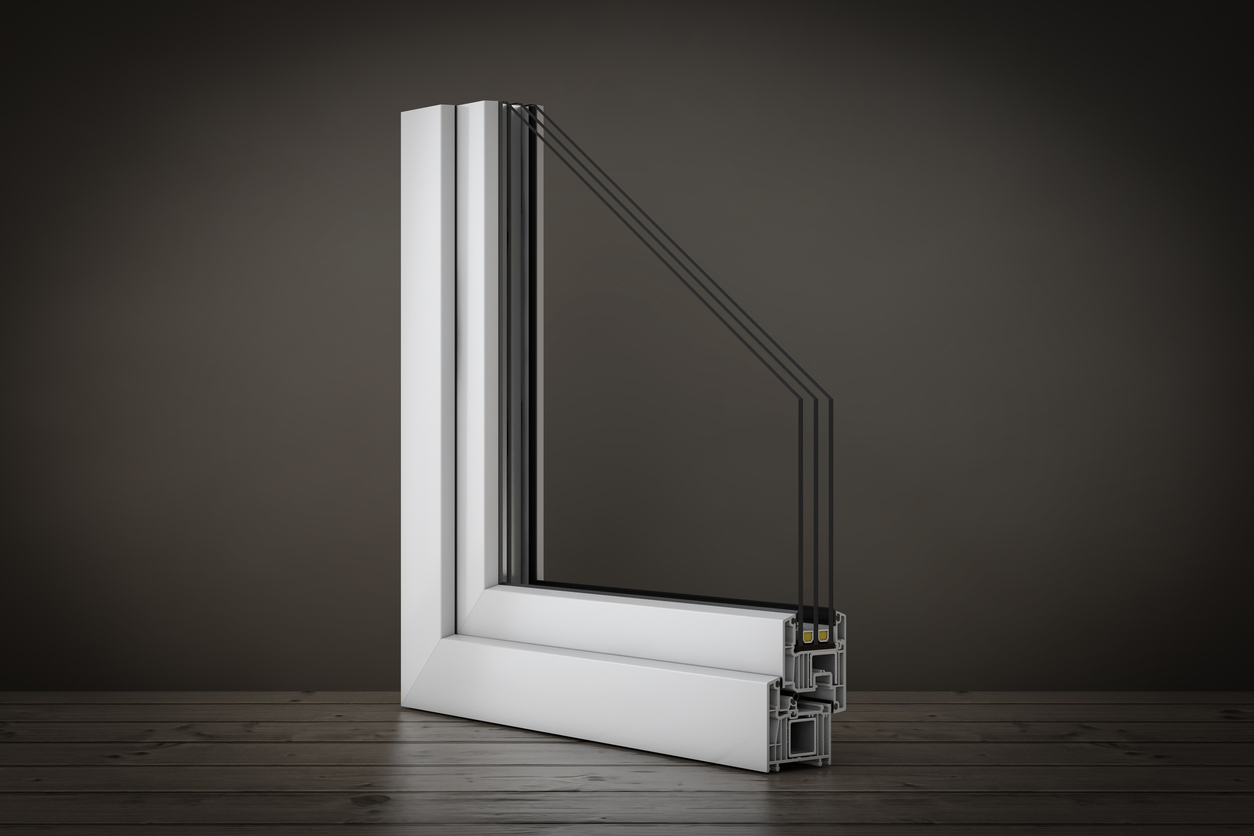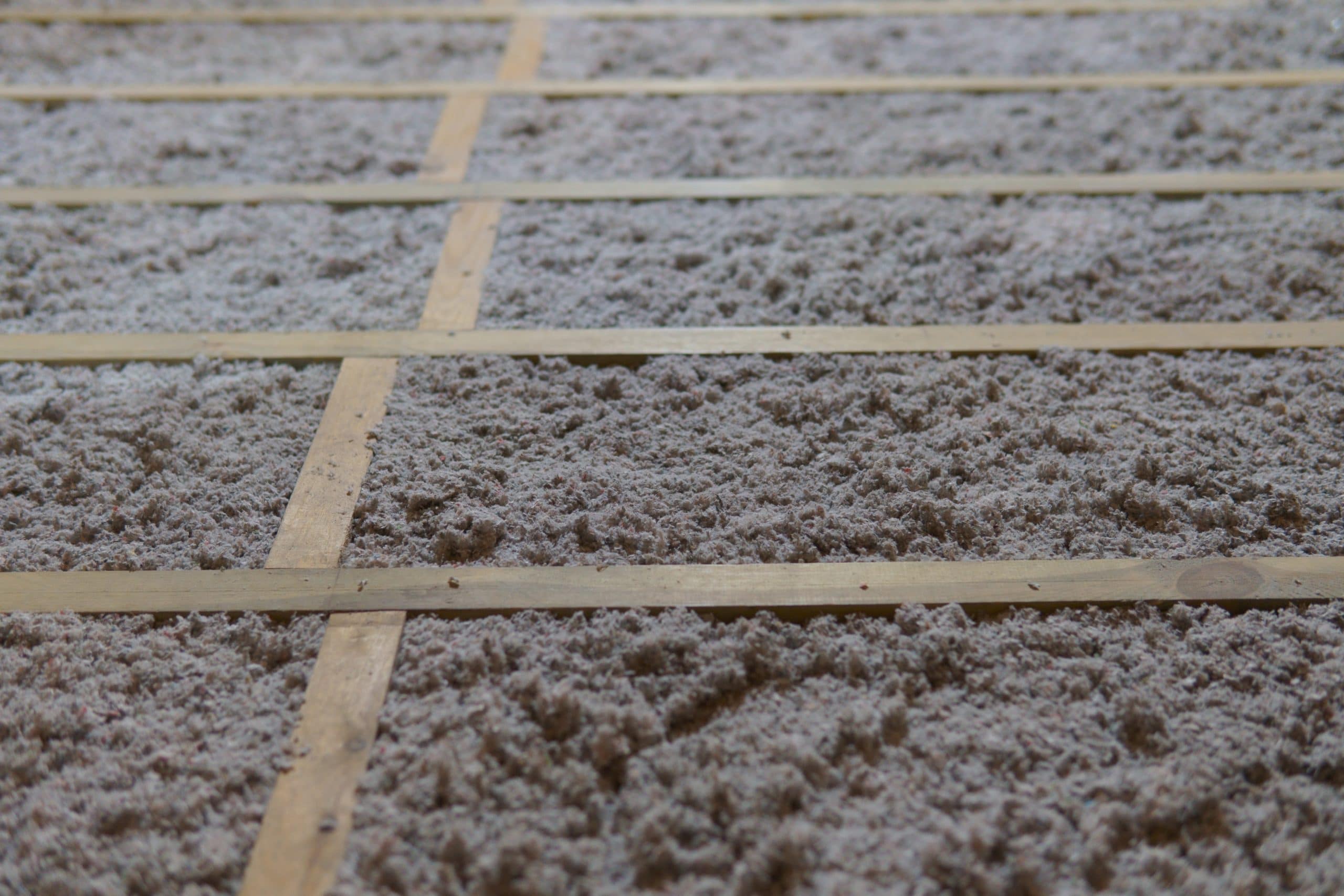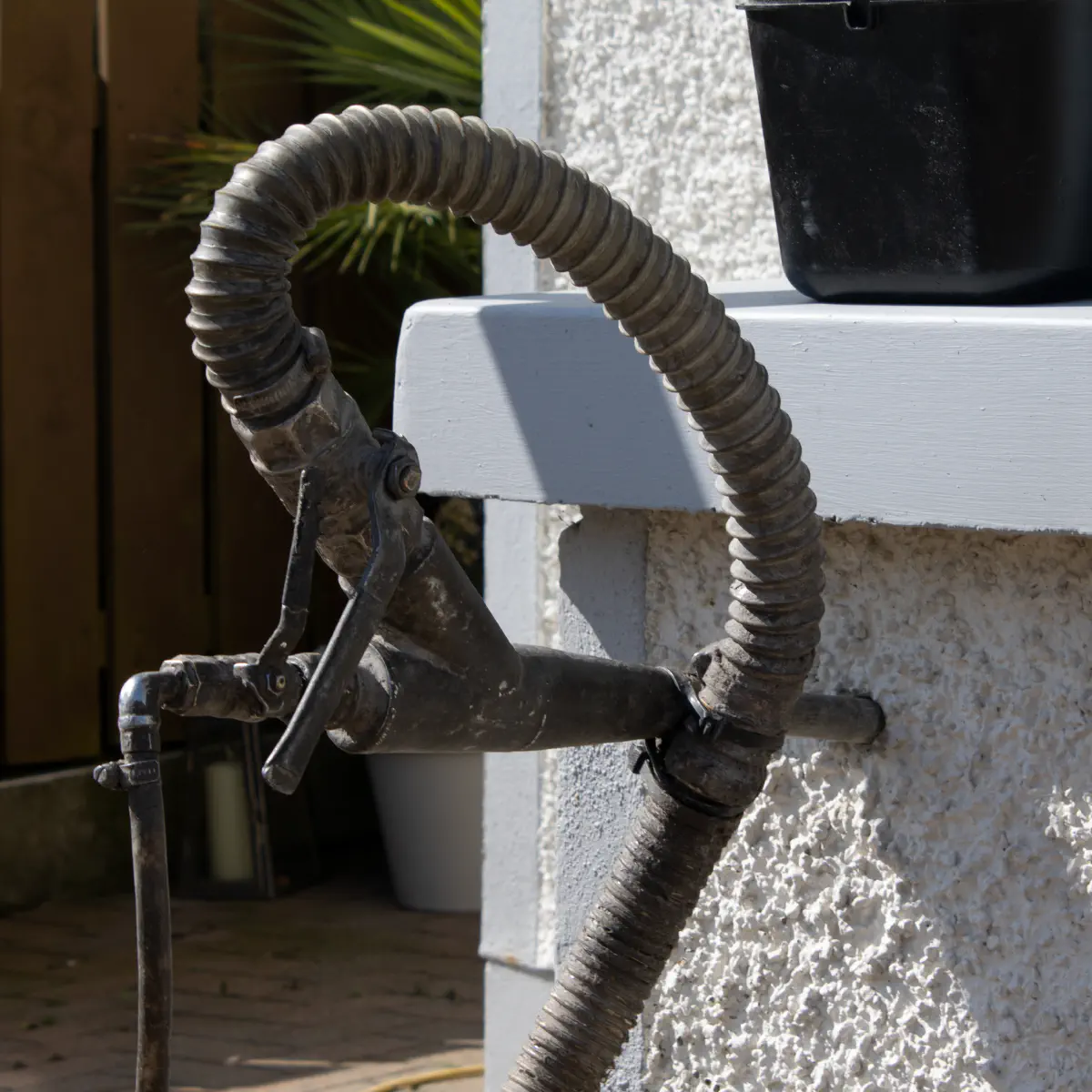Choosing new windows for your home is a big step. There are numerous brands available, offering a wide variety of styles and colour options. Some companies may also offer to replace only the glazing unit. While this isn’t as beneficial as replacing the full frame with a modern unit, it can still be a cost-effective solution depending on your needs.
Double vs. Triple Glazing
Double glazing has long been the standard for residential windows, but there’s a wide variation in performance between older units and modern ones. Today’s double-glazed windows can achieve U-values as low as 1.4, and with specialised Low-E coatings, they can go down to 0.98.
Triple glazing offers even greater insulation, but it comes with trade-offs: the additional weight can reduce hinge lifespan and overall unit durability. However, when it comes to acoustic insulation, triple glazing remains the top choice.
Recommendation: If your home is in a noisy or high-traffic area, triple glazing is likely the best option.
Design & Style
Window colour significantly affects the look and feel of your home. Modern uPVC windows are available in a wide range of colours, and can even be customised with one colour on the outside and another on the inside. A cost-saving tip: keep rear-facing windows white and customise only the front-facing ones.
One consistent rule: the interior window colour should remain the same throughout the home.
Window styles can also include design features like:
- Transoms (vertical bars)
- Mullions (horizontal bars)
- Astragal grids (decorative overlays)
While these design elements add character, they also increase the amount of uPVC used, which can impact both natural light and usability. For optimal light and aesthetics, minimise the use of decorative bars where possible.
Hinges & Openings
When selecting window hinges and opening types, consider ease of cleaning and emergency egress. Common styles include standard outward-opening casements, but European-style tilt-and-turn windows are growing in popularity. These offer dual functionality: they tilt open for ventilation and fully open inward for cleaning and access.
Energy Efficiency
Whatever glazing type you choose, Low-E (low-emissivity) coatings are a must. These coatings significantly reduce heat loss through the glass, improving overall energy efficiency.
Warranties, Guarantees & Certification
Always check the warranty offered—it should cover any future issues over a long period. Also, ensure your windows are properly certified. Missing or incomplete certification can prevent BER (Building Energy Rating) assessors from using the actual U-values, forcing them to default to less efficient predefined ratings.
Key Takeaways
- Upgrade to triple glazing if noise is a concern.
- Apply Low-E coatings for better energy efficiency.
- Minimise visible uPVC to allow more natural light.
- Keep interior window colours consistent throughout the home.
- Maximise opening sizes to meet fire safety requirements.
- Choose products with strong warranties and full certification.



